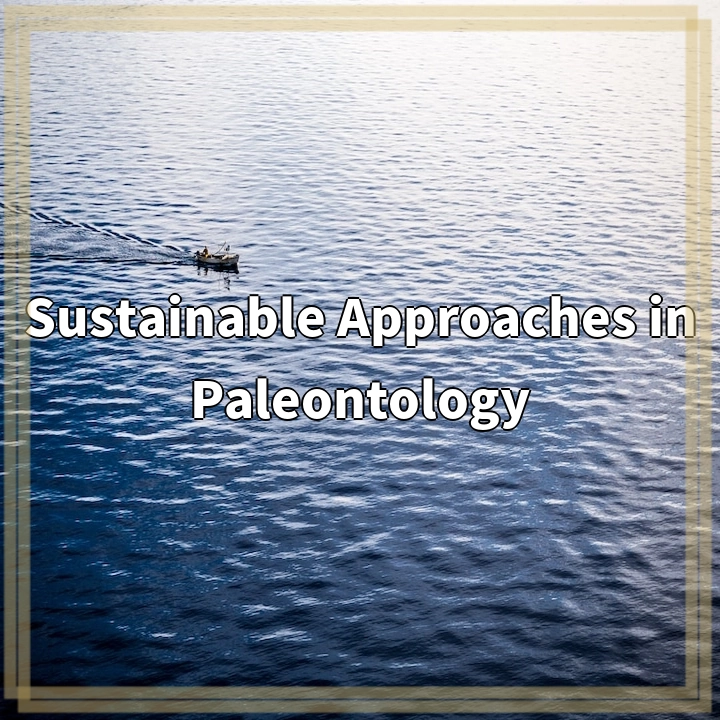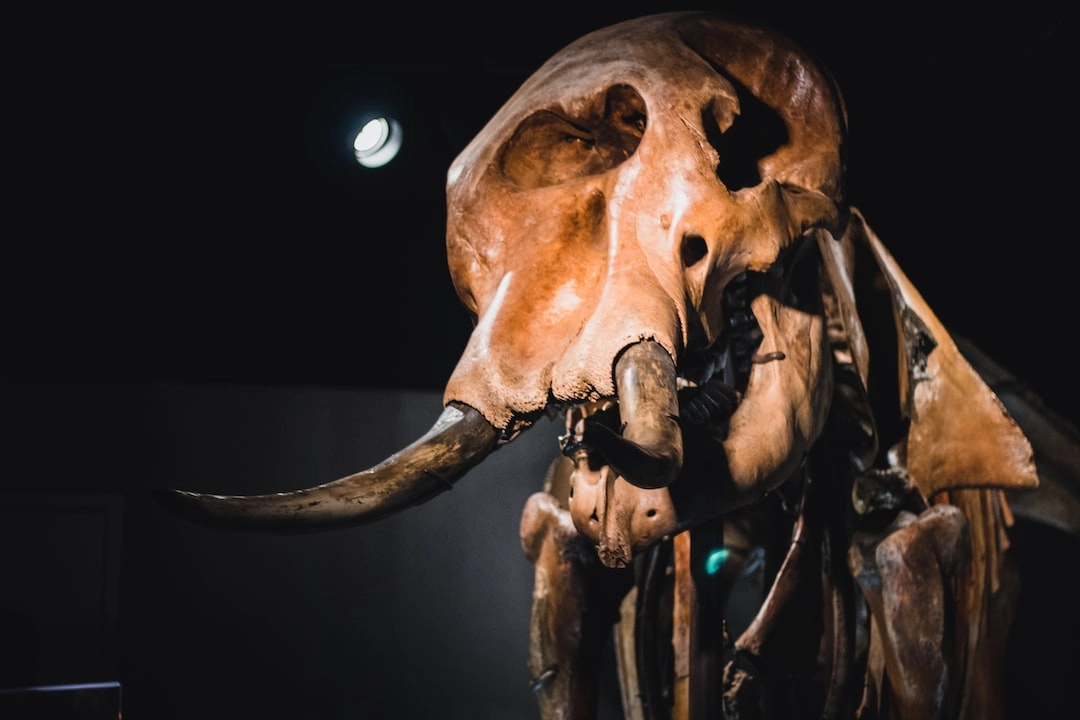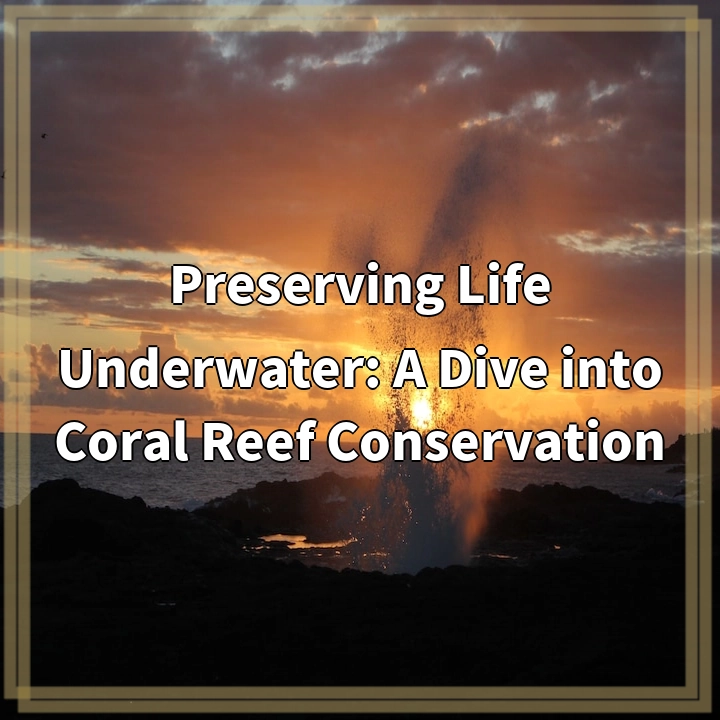
Sustainable Approaches in Paleontology
What it is:
Sustainable approaches in paleontology refer to the methods and practices employed in the field of paleontology to minimize environmental impact, reduce resource consumption, and promote preservation and conservation efforts. The goal of sustainable paleontology is to ensure that the study of ancient life and fossils is conducted in an ethical and environmentally friendly manner, recognizing the importance of protecting both present-day ecosystems and future generations.
Real-world problems:
While paleontology itself focuses on the exploration and understanding of ancient life, it is not exempt from contributing to environmental challenges. Some of the real-world problems associated with traditional paleontological practices include:
1. Fossil excavation and extraction:
The process of excavating fossils often requires extensive use of heavy machinery, such as bulldozers and cranes, which can damage delicate ecosystems and habitats. In addition, the use of fossil fuels to power these machines contributes to greenhouse gas emissions and further exacerbates climate change concerns.
2. Fossil preparation and storage:
Once fossils are recovered, they require preparation and storage in controlled environments to prevent degradation. This often necessitates the use of hazardous chemicals and energy-intensive climate control systems, leading to potential pollution and resource consumption.
3. Illegal fossil trade:
The demand for rare and valuable fossils has given rise to an illegal trade market, often leading to the looting and destruction of important paleontological sites. This not only causes irreparable loss to scientific knowledge but also contributes to the erosion of ecosystems and habitat destruction.
4. Lack of inclusivity and diversity:
The field of paleontology has historically been dominated by a narrow representation of scientists from certain backgrounds, leading to a lack of diverse perspectives and research priorities. This can result in biased interpretations, limited collaboration, and an incomplete understanding of the full scope of prehistoric life on Earth.
5. Insufficient public awareness and engagement:
The importance of paleontological research and its relevance to understanding our planet’s history is often underappreciated by the general public. This lack of awareness can hinder efforts to secure funding for conservation and preservation initiatives and limit public support for sustainable practices in the field.
Addressing these real-world problems and transitioning to more sustainable approaches in paleontology is crucial for the long-term preservation of our natural heritage and the integrity of scientific research. By adopting environmentally friendly techniques, promoting education and inclusivity, and raising public awareness, the field of paleontology can contribute to a more sustainable future for both the past and the present.

Sustainable Approaches in Paleontology: Solutions
1. Adopting Sustainable Excavation Methods:
To minimize environmental impact, paleontologists can utilize more sustainable excavation techniques, such as manual excavation and non-invasive tools, to reduce the disturbance of ecosystems and natural habitats. This shift reduces the reliance on heavy machinery and promotes a more environmentally friendly approach.
2. Embracing Green Fossil Preparation and Storage Practices:
Paleontologists can prioritize the use of eco-friendly materials and techniques for fossil preparation and storage. This involves substituting hazardous chemicals with safer alternatives, implementing energy-efficient climate control systems, and adopting sustainable preservation methods that reduce resource consumption and minimize pollution.
3. Combating Illegal Fossil Trade:
Efforts should be made to raise awareness about the detrimental impact of the illegal fossil trade. Strengthening legislation, implementing stricter regulations, and supporting ethical sourcing and acquisition of fossils can help protect important paleontological sites, preserve scientific knowledge, and prevent the destruction of ecosystems and habitats.
4. Promoting Diversity and Inclusivity in Paleontology:
By actively encouraging and supporting the participation of diverse voices and perspectives in paleontology, the field can foster greater inclusivity and generate a more comprehensive understanding of prehistoric life. This can be achieved through educational outreach, scholarships, mentorship programs, and promoting collaborations across disciplines and cultures.
5. Increasing Public Awareness and Engagement:
Creating public awareness about the significance of paleontological research is essential for garnering support and resources. Outreach programs, educational initiatives, and public engagement activities, such as museum exhibits and community events, can help cultivate a deeper appreciation for paleontology and encourage sustainable practices in the field.
By implementing these solutions, paleontology can move towards a more sustainable future. Embracing environmentally friendly methods, engaging diverse perspectives, and raising public awareness are crucial steps towards preserving our natural heritage and ensuring the integrity of scientific research in the field of paleontology.















